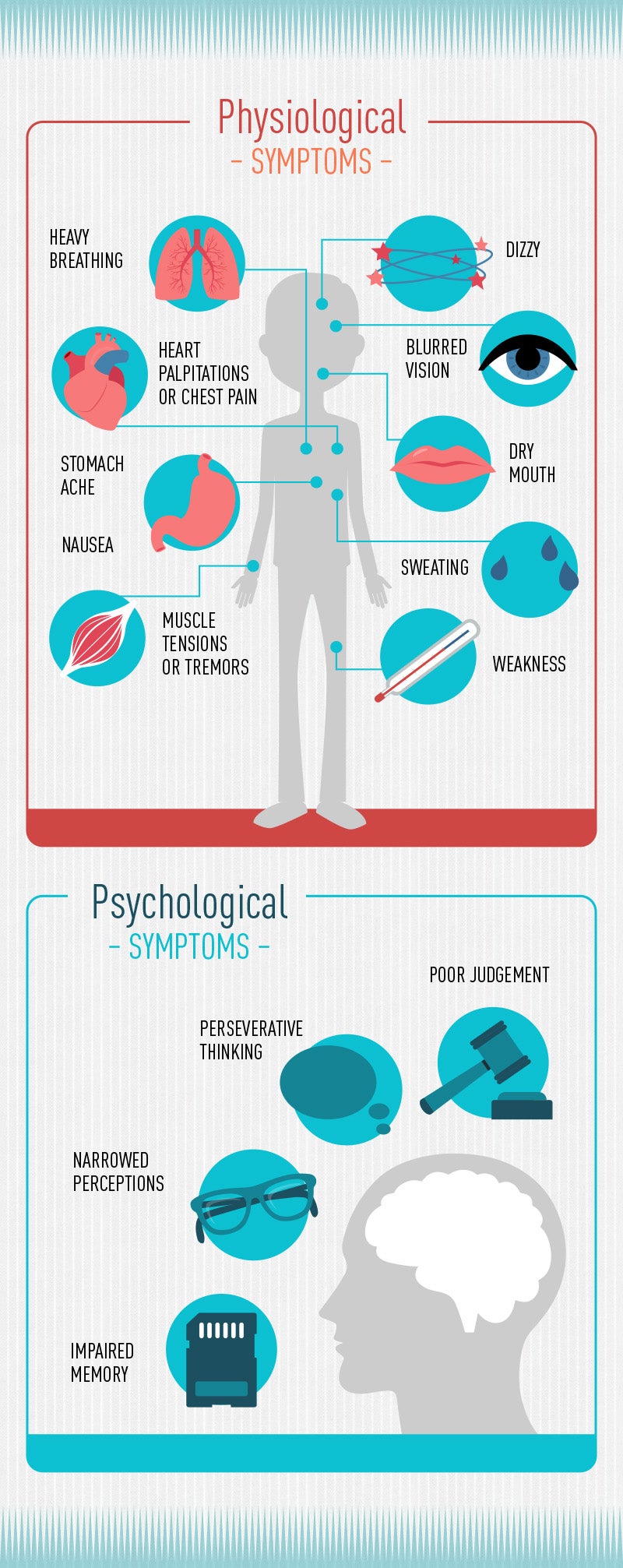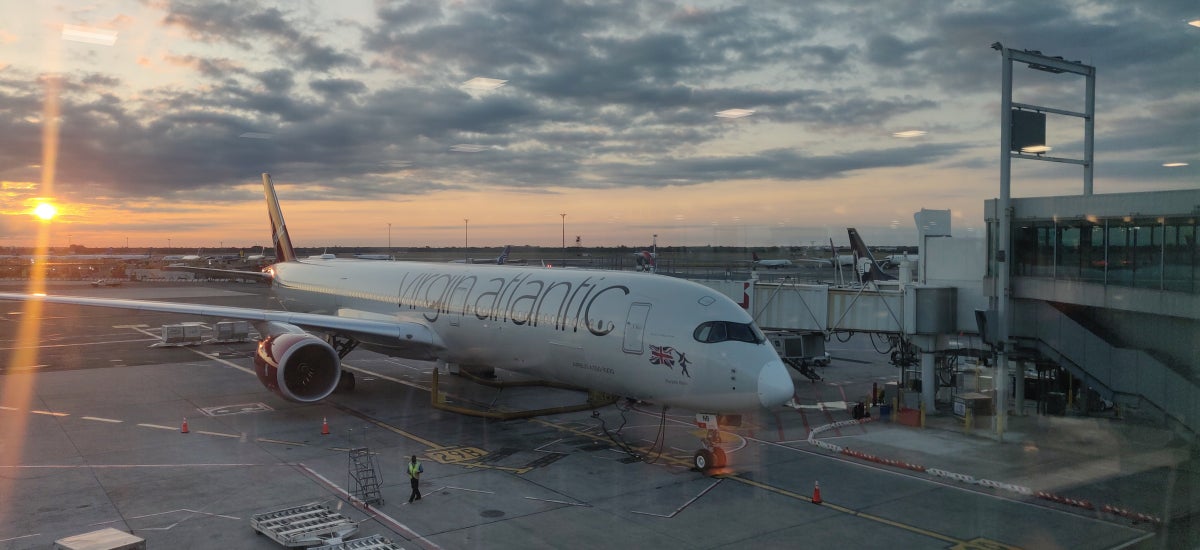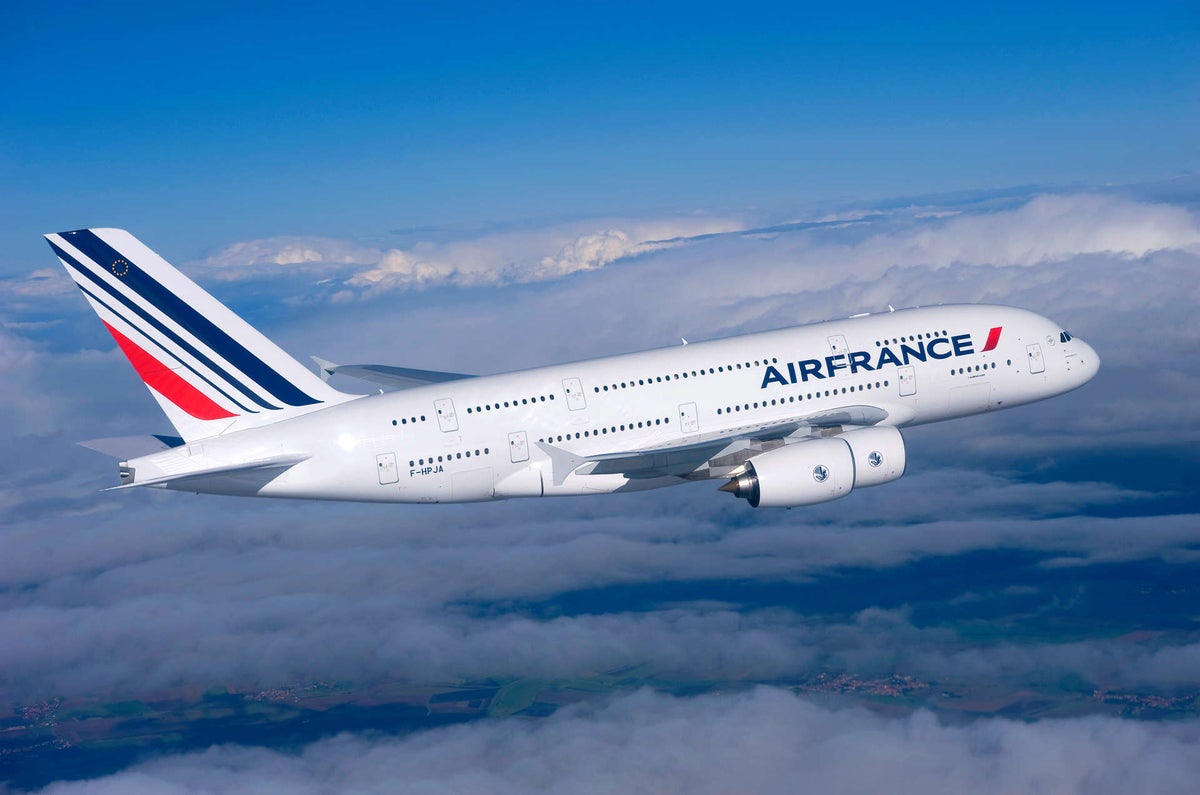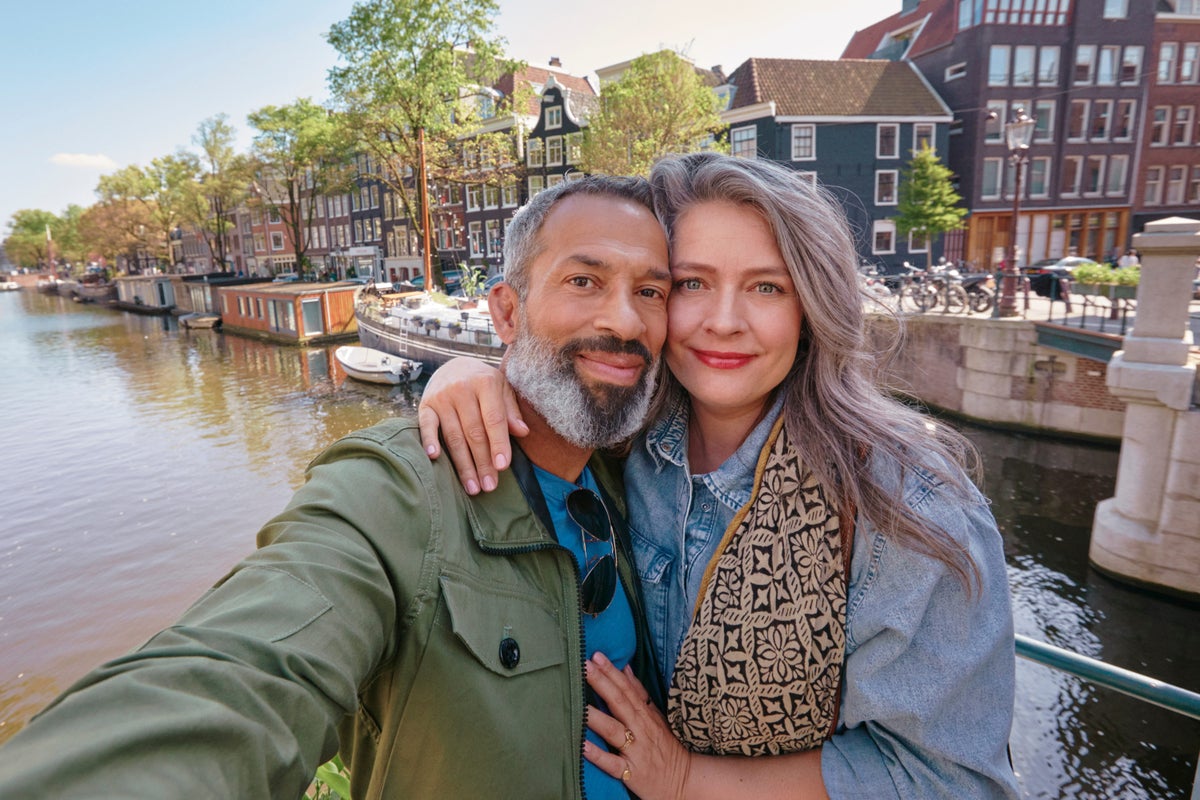Founder and CEO of Upgraded Points, Alex is a leader in the industry and has earned and redeemed millions of points and miles. He frequently discusses the award travel industry with CNBC, Fox Business...
Edited by: Keri Stooksbury
Keri Stooksbury
Editor-in-Chief
32 Published Articles 3109 Edited Articles
Countries Visited: 45U.S. States Visited: 28
With years of experience in corporate marketing and as the Executive Director of the American Chamber of Commerce in Qatar, Keri is now Editor-in-Chief at UP, overseeing daily content operations and r...
![How To Overcome Your Fear of Flying [A Practical Guide]](https://upgradedpoints.com/wp-content/uploads/2017/03/Stressful-man-sits-near-the-porthole-window-in-an-airplane.jpeg?auto=webp&disable=upscale&width=1200)





![The Ultimate Guide to Buying the Best Travel Insurance [For You]](https://upgradedpoints.com/wp-content/uploads/2018/09/Travel-insurance-tag-on-luggage.jpg?auto=webp&disable=upscale&width=1200)